Media coverage
Share

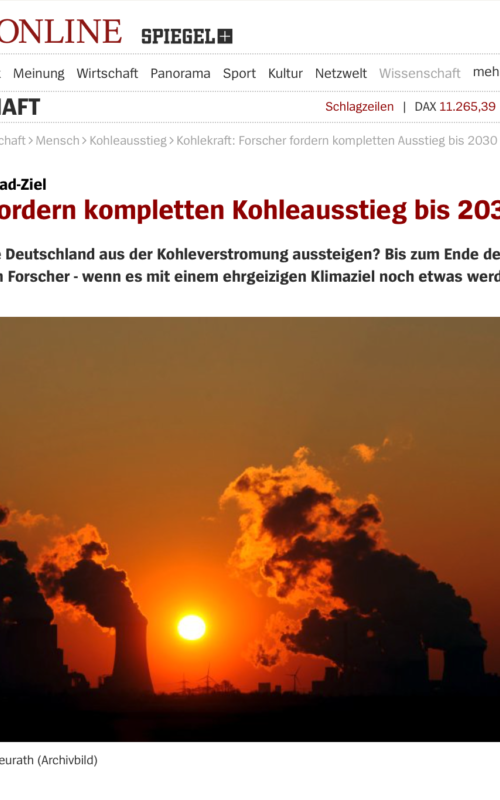
Spiegel ONLINE
How quickly should Germany abandon coal-fired power generation? By the end of the coming decade, researchers say - if we are to achieve anything else with an ambitious climate target.
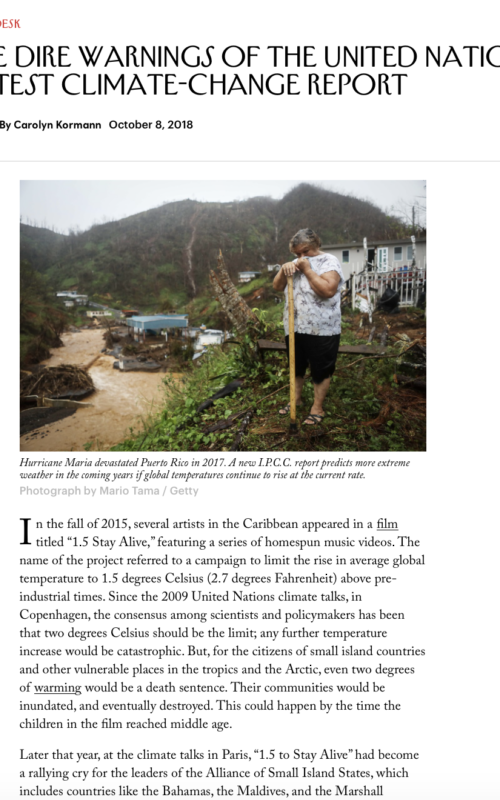
The New Yorker
The New Yorker coverage of the IPCC special report on 1.5°C, quoting Climate Analytics' Dr Adelle Thomas. “Robust scientific literature now shows that there are significant differences between 1.5 and 2 degrees,” Adelle Thomas, a geographer from the Bahamas and also one of the report’s lead authors, told me. “The scientific consensus is really strong. It’s not just a political slogan: ‘1.5 to stay alive.’ It’s true.”
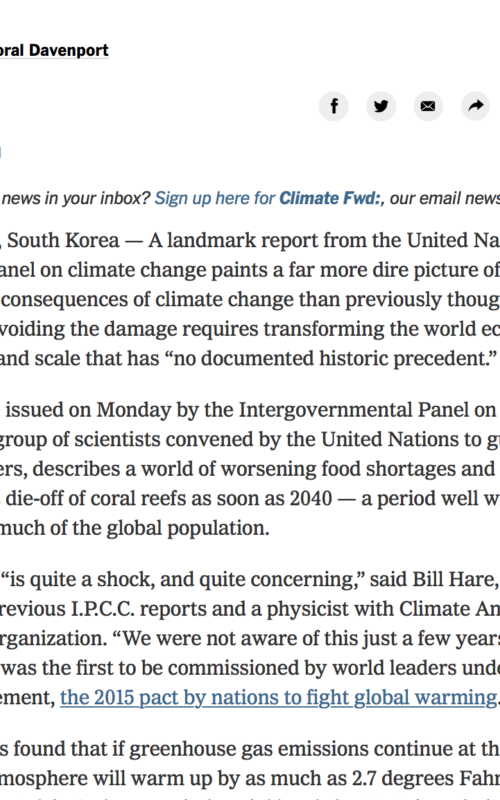
The New York Times
INCHEON, South Korea — A landmark report from the United Nations’ scientific panel on climate change paints a far more dire picture of the immediate consequences of climate change than previously thought and says that avoiding the damage requires transforming the world economy at a speed and scale that has “no documented historic precedent.” The report “is quite a shock, and quite concerning,” said Bill Hare, an author of previous I.P.C.C. reports and a physicist with Climate Analytics, a nonprofit organization. “We were not aware of this just a few years ago.”
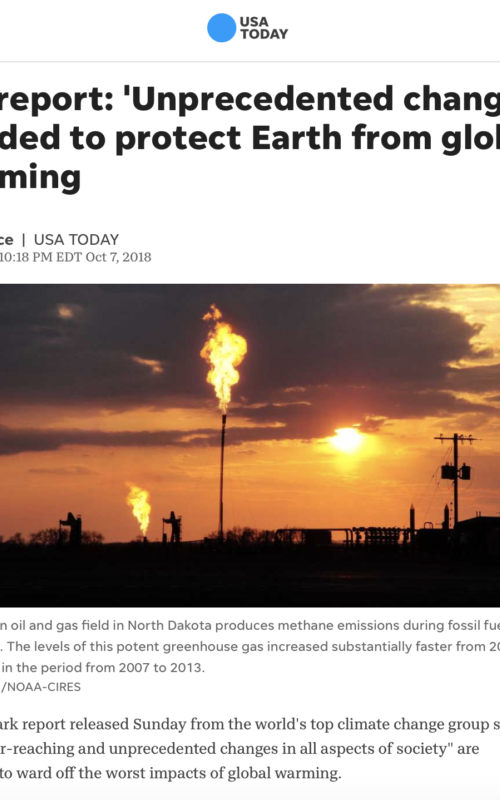
USA Today
A landmark report released Sunday from the world's top climate change group said "rapid, far-reaching and unprecedented changes in all aspects of society" are required to ward off the worst impacts of global warming. This report shows the longer we wait, "the more difficult, the more expensive and the more dangerous it will be,” said Bill Hare, a physicist with the nonprofit group Climate Analytics.
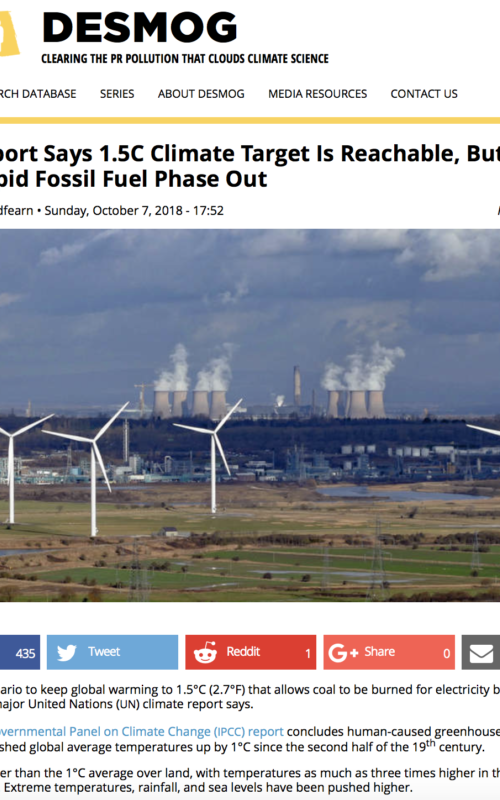
DESMOG
There is no scenario to keep global warming to 1.5°C (2.7°F) that allows coal to be burned for electricity by the middle of this century, a major United Nations (UN) climate report says. The UN’s Intergovernmental Panel on Climate Change (IPCC) report concludes human-caused greenhouse gas emissions have already pushed global average temperatures up by 1°C since the second half of the 19th century. Dr. Bill Hare, CEO of Climate Analytics, took part in the IPCC meeting as a science advisor to Small Island Developing States and was accredited to the Grenada delegation. He said the report “has sent the strongest message yet from the scientific community that the era of fossil fuels has to end soon if we are to protect the world from dangerous climate change and limit warming to 1.5°C.”
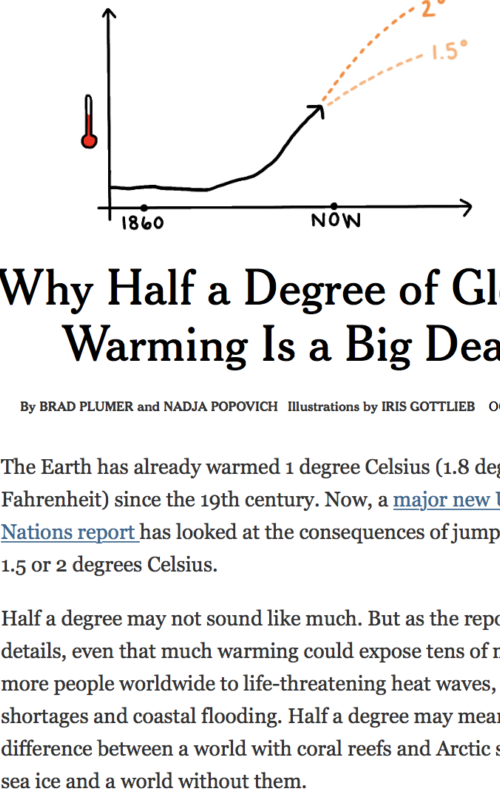
The New York Times
The Earth has already warmed 1 degree Celsius (1.8 degrees Fahrenheit) since the 19th century. Now, a major new United Nations report has looked at the consequences of jumping to 1.5 or 2 degrees Celsius.
“If you’re looking at this one region, which is already water-scarce today and sees a lot of political instability, half a degree makes a really big difference,” said Carl-Friedrich Schleussner, the head of climate science and impacts at Climate Analytics. “It’s a good reminder that no one experiences the global average temperature.”
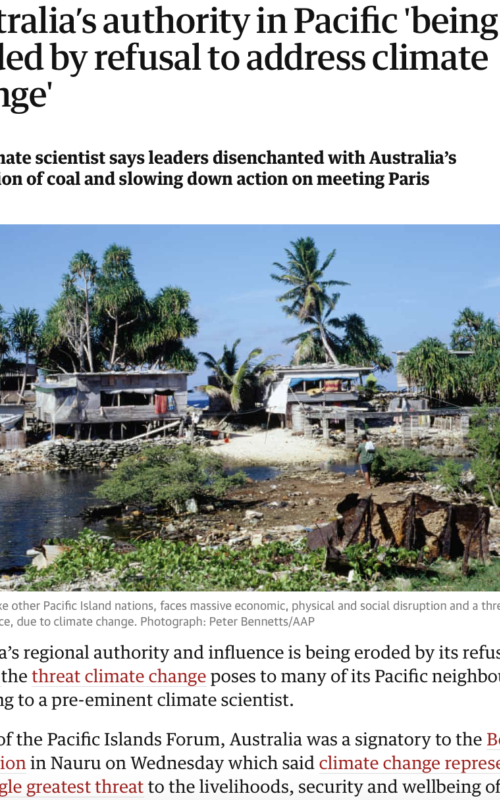
The Guardian
“The problem for Australia is it doesn’t have credibility on climate. Australia is an important player for many of the Pacific Island countries, well-respected and well-liked by the populations and the political leaders, but on climate change there is a chasm opening up" - Bill Hare, CEO of Climate Analytics.
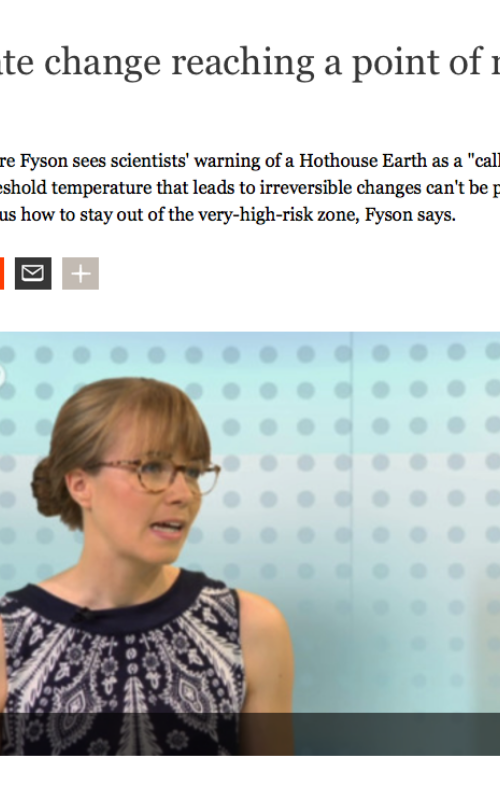
Deutsche Welle
Climate Analytics' researcher Claire Fyson sees scientists' warning of a Hothouse Earth as a "call to arms." Though the threshold temperature that leads to irreversible changes can't be pinpointed, science can tell us how to stay out of the very-high-risk zone, she says in this Deutsche Welle interview.
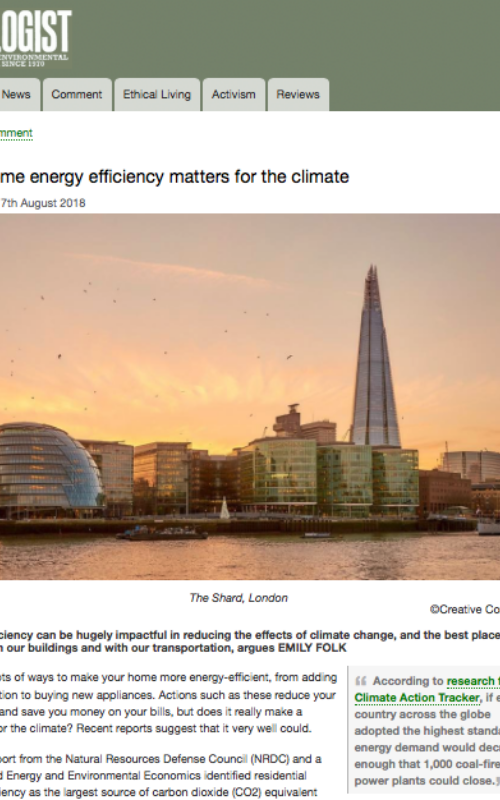
The Ecologist
Energy efficiency can be hugely impactful in reducing the effects of climate change. According to research from Climate Action Tracker, if every country across the globe adopted the highest standards, energy demand would decrease enough that 1,000 coal-fired power plants could close.
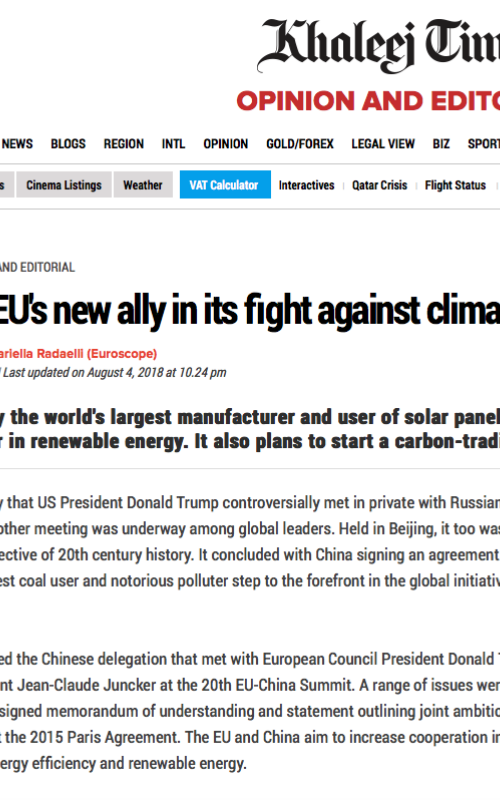
Khaleej Times
"One of the areas to watch is how the most-recent agreement between the EU and China begins to play in relation to coal investments," says Climate Analytics' CEO Bill Hare. "A number of countries are still investing in coal, including China externally, so if China begins to switch its position as it moves forward with the European Union, switching its foreign investments toward cleaner technology would have a big impact on others.